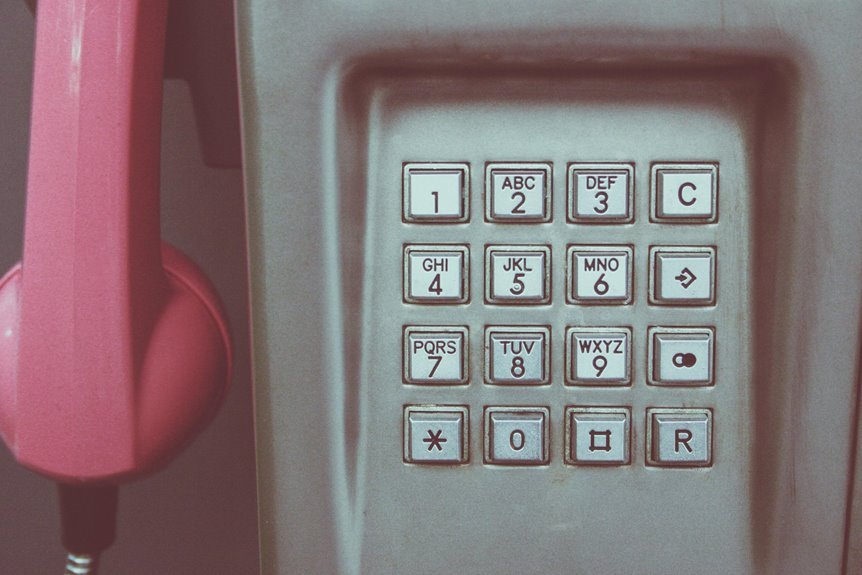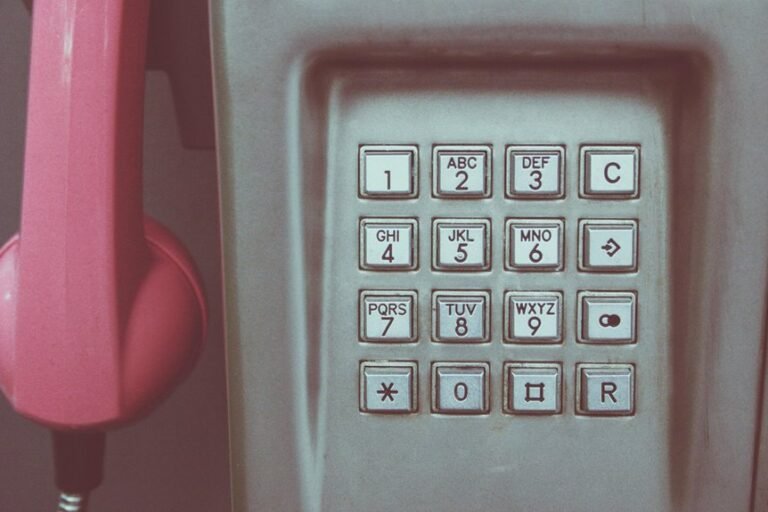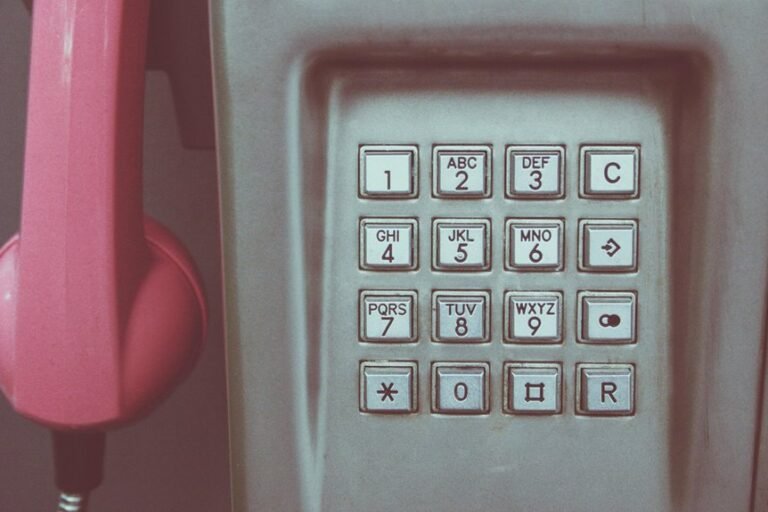Who Called You From 6307013963, 5043690002, 7155021527, 8332489325, 3614153005, 4696803393

Numerous individuals have reported receiving calls from various unfamiliar numbers, including 6307013963 and 5043690002. These calls often raise concerns about potential telemarketing or scam activity. Understanding the identity and intent behind these numbers is crucial for maintaining privacy and security. Examining the common reasons for such calls could provide insight into how to respond effectively. What strategies can one employ to manage these unsolicited communications? The answers may be more critical than anticipated.
Identifying the Callers: Who’s Behind the Numbers?
How can one accurately determine the identity of an unknown caller?
Employing caller identification techniques is essential. Methods such as reverse phone lookup allow individuals to trace the number back to its source, often revealing the caller’s name and location.
These tools empower users to reclaim privacy and make informed decisions regarding unsolicited calls, enhancing personal freedom in communication.
Common Reasons for Unfamiliar Calls
Unfamiliar calls can stem from a variety of sources, each with distinct motivations.
Common reasons include unwanted solicitations from telemarketers seeking to sell products or services, and potential scams aimed at defrauding individuals.
These calls often exploit anonymity, making it challenging for recipients to discern legitimate inquiries from deceptive attempts, ultimately raising concerns regarding privacy and security in communication.
How to Handle Suspicious Calls
When faced with a suspicious call, individuals often wonder about the best course of action to take.
Analyzing the caller’s behavior can reveal potential threats. It is advisable to avoid sharing personal information and consider call blocking options to prevent future disturbances.
Reporting the number to authorities can also help address suspicious behavior effectively, ensuring personal security and peace of mind.
Conclusion
In conclusion, receiving calls from numbers like 6307013963 and 5043690002 raises important questions about the safety of personal information in today’s digital landscape. Understanding the potential risks associated with these unfamiliar calls is crucial for protecting privacy. As callers increasingly employ deceptive tactics, one must ask: how can individuals effectively discern legitimate calls from scams? By remaining vigilant and utilizing caller identification tools, one can navigate this challenging environment with greater confidence and security.






